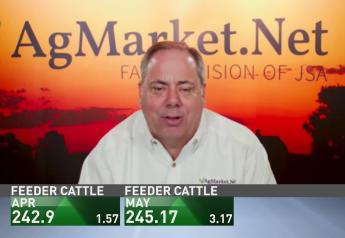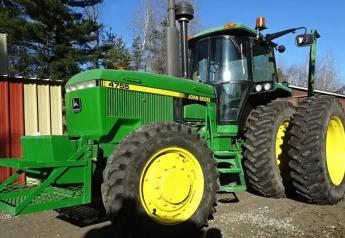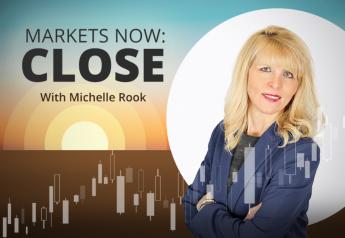U.S. Orange Production at Lowest Level Since Great Depression: Florida Growers and Orange Juice Prices Feel the Shock Waves
Orange Cuts 022223
Orange production in Florida is projected to be down nearly two-thirds from last year and according to USDA at levels not seen since the Great Depression. The production shortage, plus food inflation have driven up the price of orange juice and economists say it may not come down for a while.
Florida was hit with several weather disasters in 2022 including Hurricane Ian and Nicole, a January freeze, and add on top of that disease issues like citrus greening. The result has been a substantial cut to the state’s orange production, which makes up 80% of the total U.S. supply of oranges used for orange juice.
Dr. Marisa Zansler, Chief Economist, Florida Citrus Commission: "We’re looking at a 60% decline in production this season compared to last season with about 16 million boxes of oranges expected to be produced this season. While we’re estimating that there is almost $375 million expected in production losses associated with the crop and that’s just on tree. That’s just associated with lost farm income."
Orange juice futures are up 30% on the lower production around $236, just off contact highs. But those prices are driven by the frozen concentrate market. Zansler says the retail prices for fresh and frozen OJ in grocery stores and food service are a much larger driver of what processors and Florida farmers receive for oranges and juice. "For orange juice we’ve seen an increase in prices at times non-concentrated price has increase by 10% compared to last year when we look just at the January numbers. We do think orange juice prices will moderate in time but it's just going to take time."
Dr. Zansler says recovery will come in two stages with short- and long-term goals for the industry. However, Florida producers have a goal of replanting and achieving a 100% replacement rate this season. However, it takes three years to get a tree to bear fruit and on average six to nine years before trees start making a profit. Plus, Florida citrus growers are still recovering from Hurricane Irma in 2017. So, rebuilding will be a multi-year process.







